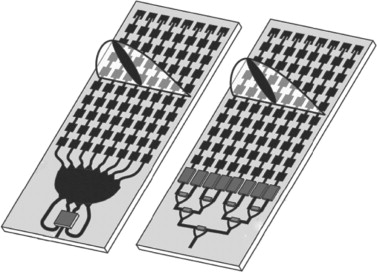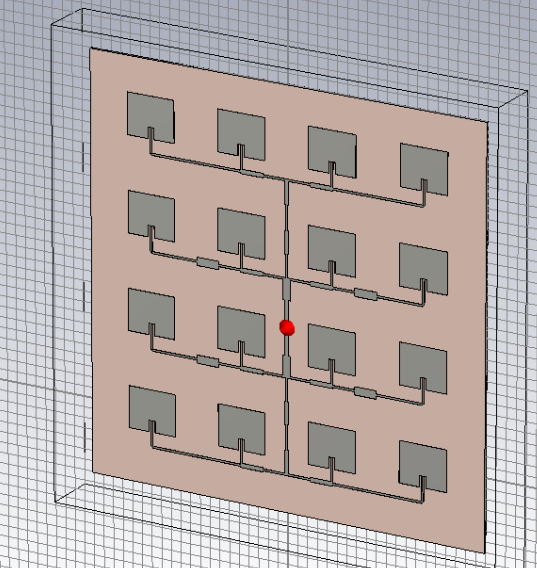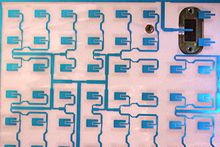(electrical nano antennas - telecommunications) nano strip antennas and microstrip antennas
Researcher and author: Dr. ( Afshin Rashid)
Note: One of these fields and new functions of nano technology are nano antennas, which are used in various fields such as nano sensors, nano communication networks , electric energy production and other similar topics, and as one of the fields The day of nanotechnology development is discussed.
Due to the development of the technology of manufacturing equipment in nano dimensions, the possibility of manufacturing nano antennas and using them in various applications has been provided. Communication between nano devices is a fundamental challenge related to the development of nano antennas and related electromagnetic receivers. Reducing the size of the traditional antenna to hundreds of nanometers leads to very high performance frequencies . In THz band frequencies, the very large available bandwidth leads to much higher path loss than lower frequency bands . The issue of designing and manufacturing antennas that can be used in nano systems and even introduce new functions to the world of industry is very important and has become a new issue in the electrical industry and nano technology.Since nano-antennas have a wide angle absorption capability, even in the case of oblique solar radiation to the surface of the solar panel, their efficiency is maintained to a significant extent. This system can also absorb the energy radiated from the earth, that is, terrestrial radiation that is caused by the daily radiation of the sun to the surface of the earth and occurs in wavelengths of 10 micrometers , i.e. frequencies of about 90 terahertz.
Microstrip antenna consists of a very thin metal strip that is placed on a ground plane with a dielectric material in between. The radiating element and the feeding lines are placed on the dielectric material by the photography process. Usually, the patch or microstrip is chosen to be square, circular or rectangular for ease of analysis and fabrication. Microstrip antennas are increasingly useful because they can be printed directly on the circuit board . Microstrip antennas are low-cost, low-profile, and easy to manufacture. The microstrip antenna is fed by a microstrip transmission line. The antenna, microstrip transmission line and ground plane are made of high conductivity metal (usually copper). The microstrip antenna must have a length equal to half the wavelength in the dielectric medium (sublayer). The width of the microstrip antenna controls the input impedance. A larger width can also increase bandwidth. For a square patch antenna fed in the above manner, the input impedance will be about 300 ohms. By increasing the width, the impedance can be reduced. However, reducing the input impedance to 50 ohms often requires a very wide microstrip antenna, which takes up a lot of valuable space. Larger width controls the radiation pattern . The bandwidth of the microstrip antenna is very small. Rectangular microstrip antennas are generally narrow. The bandwidth of rectangular microstrip antennas is usually 3%. Second, the microstrip antenna is designed to operate at 100 MHz, but resonates at about 96 MHz. This change is due to the fringe fields around the antenna, which makes the microstrip antenna appear longer. Communication between nano devices is a fundamental challenge related to the development of nano antennas and related electromagnetic receivers. Reducing the size of the traditional antenna to hundreds of nanometers leads to very high performance frequencies . At THz band frequencies, the very large bandwidth available results in much higher path loss than in lower frequency bands. Microstrip antennas are low profile antennas. A metal patch mounted on the surface of the ground with dielectric material in between, a It forms the micro-strip or patch antenna . In fact, they are very small antennas that emit little radiation. Microstrip antennas are popular for low profile applications at frequencies above 100 MHz .
Conclusion :
One of these fields and new functions of nano technology are nano antennas, which are used in various fields such as nano sensors, nano communication networks , electric energy production and other similar topics, and as one of the fields of development today. Nano technology is mentioned.
Researcher and author: Dr. ( Afshin Rashid)
Specialized doctorate in nano-microelectronics





